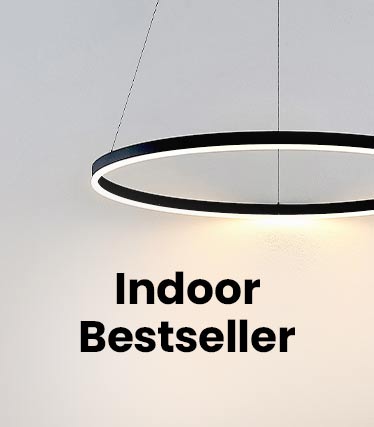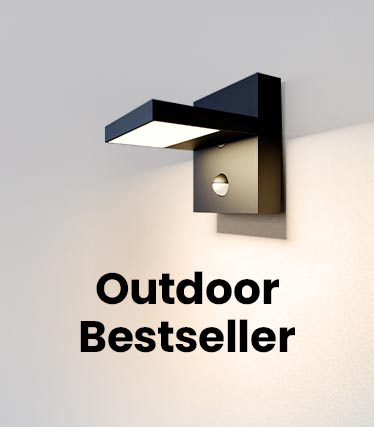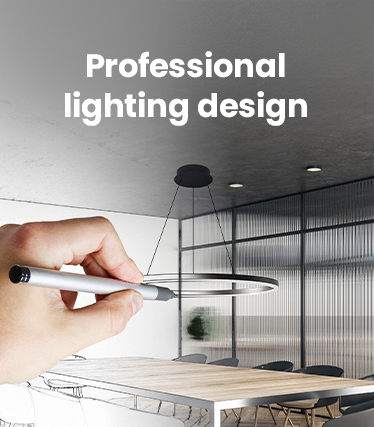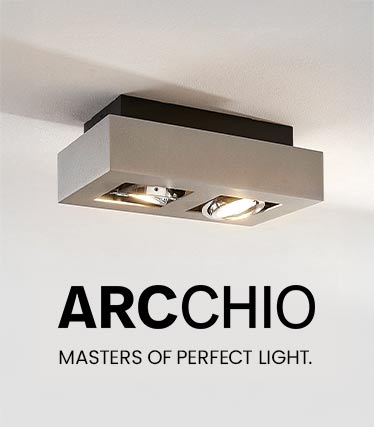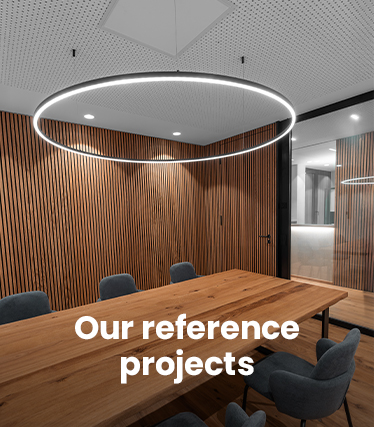:format(jpeg))
A figurehead for the German city of stars
Reference project RhönEnergie FuldaRhönEnergie: Brighter than the norm Various challenges make for an exciting lighting design project, which in the end not only ensures optimum lighting but is also good for the environment.
Customer
- RhönEnergie Fulda GmbH
- One of the top 50 energy & water supply companies in Germany
- 1,000+ employees
Goals
- On-schedule realisation with a tight time frame
- Fitting out a large building complex
- Minimisation of light pollution
Results
- On-schedule delivery and installation
- Use of lights with a luminous intensity of 14,000 to 26,000 lumens
- Prevention of stray light near windows
:format(jpeg))
Initial situation
The energy supplier RhönEnergie Fulda was about to develop a new, more modern site. When the lighting designers from Lights.co.uk Professional started planning the large-scale project, the building construction and electrical planning were already well advanced, so that some ceiling outlets had already been specified.
In addition, special attention should be paid to the issue of light pollution in any planning. In 2019, Fulda was the first and only city in Germany to be awarded the title of "Star City" by the International Dark-Sky Association (IDA). Fulda is thus setting an example against light pollution and RhönEnergie felt it was important to emphasise this status by setting a positive example.
RhönEnergie had no precise idea of the solutions on the market and their costs - which on the one hand offered flexibility, but on the other hand increased the demand for advice. As the project time was limited in order to ensure the punctual move into the energy supplier's new headquarters, a tight delivery and action window had to be observed.
:format(jpeg))
Project realisation
After inspecting the construction site, the first mood boards and solution approaches were created.After the selection process, the lighting designers then went on to plan and conceptualise three final solution variants. Subsequently, the focus was on visualisation - here the possibilities range from simple positioning suggestions to 2D representation and 3D lighting design. Particularly in the case of 3D planning, the results can be predicted very accurately and even before the foundation stone is laid, which is why this representation is becoming increasingly popular.
As it was only possible to adapt the ceiling outlets to a limited extent due to the concrete core-activated ceiling, RhönEnergie decided to install state-of-the-art lighting in the office areas using special table lamps. The special feature: The light creates intense, indirect illumination by shining from the employees' desks onto the ceiling, from where it is reflected. This keeps the work area glare-free and prevents multiple shadows, which ensures a pleasant and harmonious atmosphere and optimum working conditions.
Modern lighting solutions were used to optimise or even replace classic concepts.
:format(jpeg))
Result
All lighting decisions followed the approach of minimising light pollution. The closer a light is to a window front, the more scattered light is prevented.Lights with different beam angles and characteristics were therefore used. In addition, attention was paid to a selection of dimmable lights with a luminous intensity of 14,000 to 26,000 lumens. To round off this approach, the entire building was equipped with a night setback from 5 p.m. - a "night programme" was installed, which additionally supports the reduction of luminous intensity in the evening hours.
Despite the tight time frame, the lighting design team from Lights.co.uk Professional was able to complete the project on time and fulfil all of the customer's requirements.
Conclusion
In professional lighting design, there is never a "one-size-fits-all" solution or even a universal product. Every customer brings different challenges, and that's what makes the work of a lighting designer so exciting. As this large-scale project shows, targeted lighting design can not only ensure efficient lighting in the workplace, but also counteract light pollution.

